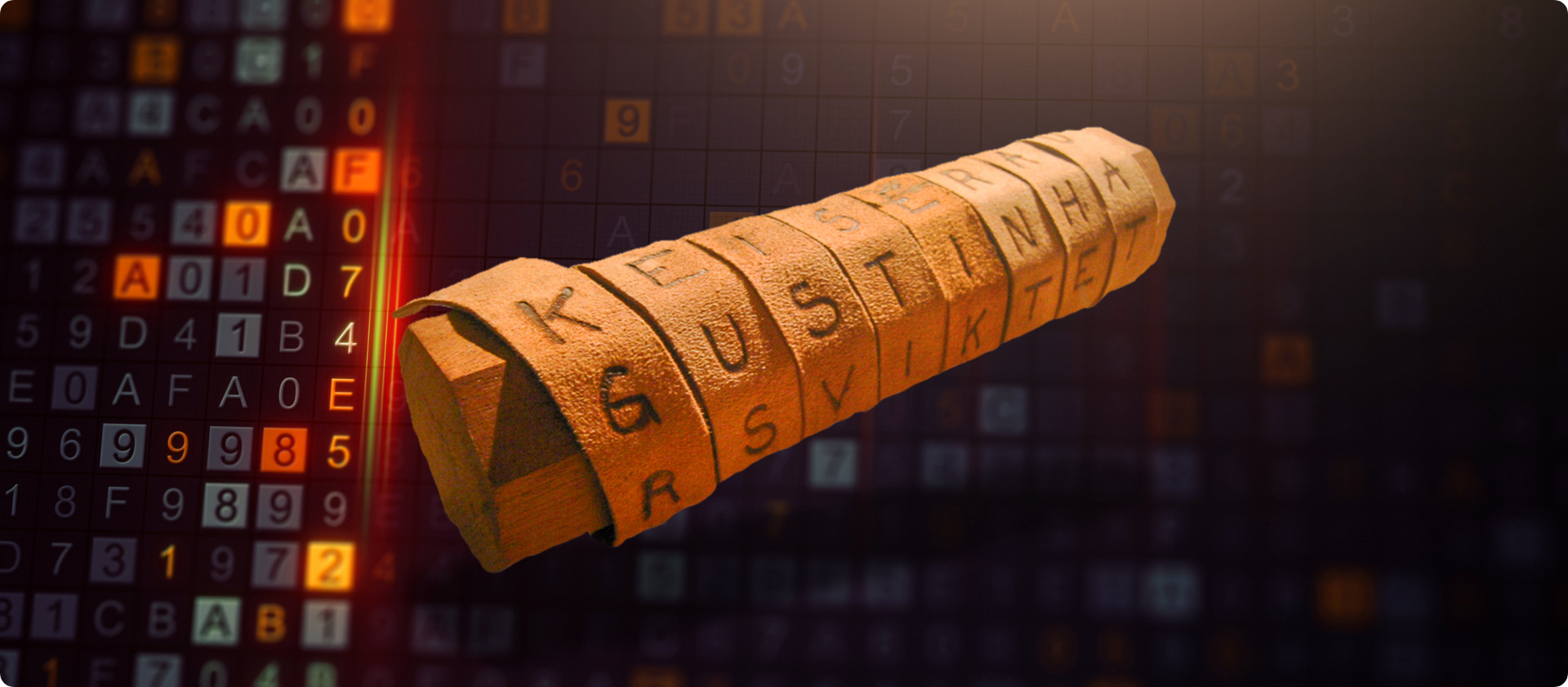I was always attracted to mathematical puzzles and problems. I find them so intriguing but by no means do I want to imply that I am a Math whiz!
Since my university years, I have enjoyed writing algorithms and programs to solve difficult assignments and tasks.
I remember once, we were given an assignment to develop an encryption algorithm. No prior knowledge was required. It was a good exercise to think and come up with possible solutions.
You are either right or wrong. If you are right, you know it. You solved the problem. Obviously, if you are wrong you did not. No partial credit. Usually, there are more answers than one. Some of them are remarkably complex whereas others are extremely simple.
Unfortunately, back in those days, we were not lucky enough to be able to search the internet for possible answers. So, think, think, think…
My name is Andreas. How would I encrypt my name if I wrote it down on a piece of paper so that no one would understand what is written?
Well, after some good brainstorming sessions with myself I decided to write down the alphabet.
A B C D E F G H I J K L M N O P Q R S T U V W X Y Z
Yes, I am a visual thinker. Then I started experimenting moving the letters around like anagrams. Then I realized that if each letter was shifted to the right one position then the code, my name, would be encrypted! Unbelievable! Of course, that suggests that shifting to the left is also a solution, and shifting either way further than one position is also feasible. Let’s take a look at a few examples:
ANDREAS – Shift 1 position to the right > BOESFBT
ANDREAS – Shift 2 positions to the right > CPFTGCV
ANDREAS – Shift 3 positions to the right > DQGUHDV
Similarly shifting to the left will yield the following encryptions:
ANDREAS – Shift 1 position to the left > ZMCQDZR
ANDREAS – Shift 2 positions to the left > YLBPCYQ
ANDREAS – Shift 3 positions to the left > XKAOBXP
I am sure you realize how happy I was.
Now, the receiver of the encrypted code could easily decipher it if he knew the encryption algorithm. So, in the old days during battles, generals would send messages written on some kind of medium like papyrus, leather, or paper to the battlefield with specific commands like attack or retreat. If the messenger was caught by the enemy then he simply was not in a position to reveal the meaning of the encoding as he didn’t know the algorithm. But if he made it successfully to the battlefield then the receiver knew exactly how to decipher the code.
Later, I was surfing the internet when I stumbled on an interesting word, skytale. I have to be honest here. I had never heard that word before so digging for the meaning I learned that it was used by the Spartans to send messages to the battlefield. Basically, the message was written on a leather strap that was wrapped around a rod. The receiver needed the same rod size to read the message. The leather strap was useless if unwrapped. The message was revealed at once when wrapped on the correct rod size! Brilliant?
By the way, my answer to the University assignment was used by the Romans and more precisely by Julius Caesar himself!
I was so proud when I read it!
Happy trading and always remember knowledge is power.

